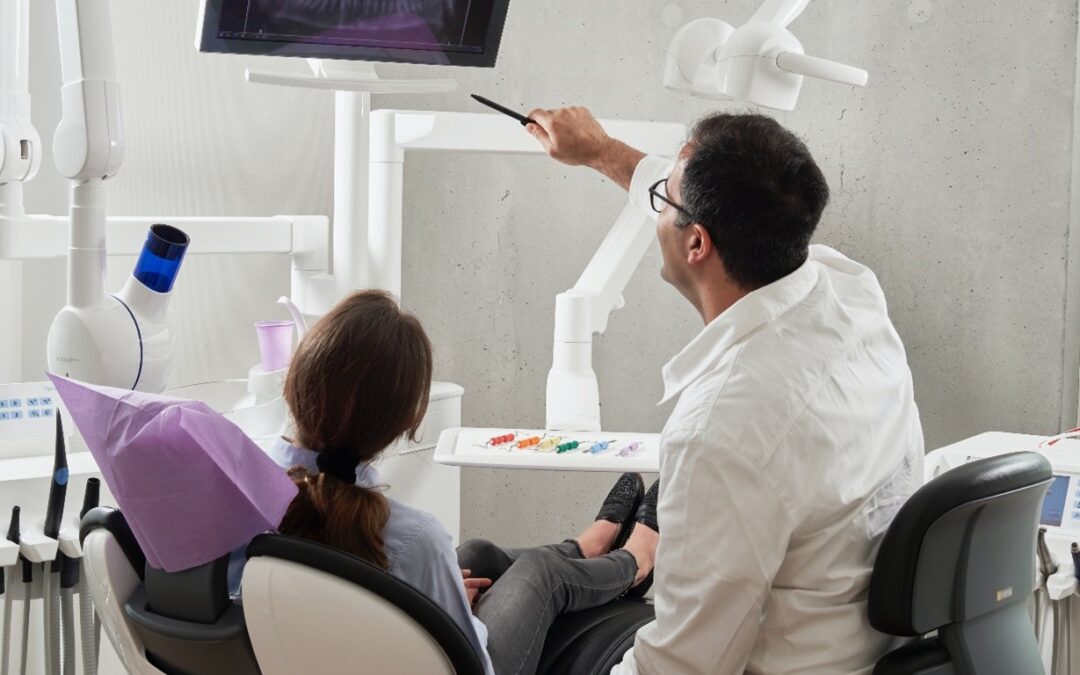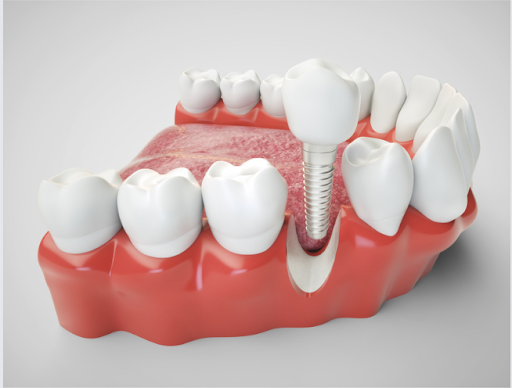Looking closely at your baby’s lower jawline, you see a vague hint of white underneath the perfect pink gums. Realizing that your baby’s teeth are finally starting to poke through, you feel the excitement instantly.
It’s what you’ve been waiting for, and it’s a time period in your child’s life that is beautiful, fascinating, and somewhat peculiar all at the same time.
New parents frequently ask our dental staff here in West Bloomfield many questions about baby teeth. And that’s OK. We like answering them. Baby teeth are fun!
16 Facts About Baby Teeth for New Parents
“When will my baby’s teeth start showing? How can I minimize teething pain? When should I start brushing my child’s teeth?”
These are only a few of the most common questions we hear, so here are some fun — and not-so-fun — facts about baby teeth for new parents.
1. An infant has 20 teeth. Adults have 28 teeth, or 32 if they haven’t had their wisdom teeth pulled.
2. The teeth don’t appear all of a sudden. All 20 baby teeth are already there! It just takes a few months for them to start poking through the gums. Fascinating, huh?
3. The central incisors — the two teeth at the center of the lower jaw — typically grow in first. The two top incisors usually come up next.
4. The teeth start to show when the child is about six months old, but some babies’ teeth don’t show until closer to 10 months of age. It’s rare but possible for children’s teeth to come up when they are as young as 2 months old.
5. The second molars of the upper and lower jaw are typically the last to come in, with the lower second molars typically poking through before the upper molars. That happens when a child is at least 2 years old. Most children have a full set of primary teeth by the time they are 3 years old.
6. Normal signs of teething include fussiness, trouble sleeping, irritability, loss of appetite, and drooling. If a baby has a fever, diarrhea, or rash, you should contact the pediatrician for guidance.
7. Do not use benzocaine products for children younger than 2. To soothe their gums while they are teething, you can gently rub their gums with a moist gauze pad, a clean finger, or a small, cool spoon. You can also give your child a clean teether to chew on, but look for high-quality, safe products that are made of solid rubber. Avoid liquid-filled teething rings or plastic objects that could break.
8. Prolonged exposure to sugary drinks, including those from a bottle, can cause those beautiful little teeth to decay. For that reason, avoid filling bottles with juice or other sugary drinks. Try to stick with plain water or milk.
9. Avoid sharing spoons or other straws with your baby. Cavity-causing bacteria in your mouth can transfer to your child’s mouth, establishing seeds of tooth decay.
10. Never put a baby to bed with a bottle filled with milk. This can lead to baby bottle tooth decay.
11. You can start brushing your child’s teeth with a soft toothbrush when he or she is about 18 months old. Use a very small amount of fluoride toothpaste, about the size of a grain of rice. Until then, gently use a clean, moist gauze pad to keep your infant’s gums and teeth clean.
12. For children ages 3 to 6, use a pea-sized amount of toothpaste to brush your child’s teeth twice a day.
13. You should begin flossing a child’s teeth when the teeth begin to touch. Teach your children how to floss their own teeth properly by the time they are 10 years old.
14. The average age that children begin to lose their teeth is 6 years old, and they will have shed all their baby teeth by the time they are 12.
15. The first teeth they lose are, as one would expect, the central incisors. The second molars are typically the last to shed.
16. The tooth fairy’s fees have gone up since you were a child.
Your Child’s First Visit to the Dentist
A child’s first visit to the dentist should happen when the child is 12 to 18 months old. It’s important to start teaching your child the importance of proper dental care as soon as possible, and that includes regular visits to the dentist.
If your child is about that age, make an appointment today to see Dr. Fienman in West Bloomfield.



